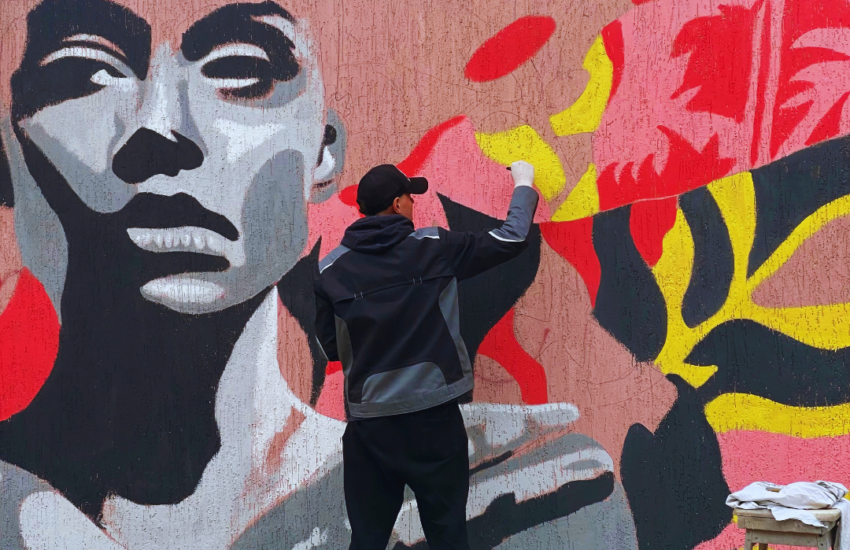10 Most Practical Graphic Design Tips for Beginners
Graphic Design is a wide, broad collection of skills, but if you’re looking for something practical that you can start on right away, here are ten design tips that are bound to help you get started in the right direction.
Graphic Design Tips for Beginners
Select the Right Fonts:
Selecting the perfect fonts for your design project can be an overwhelming task. There are so many of them available to choose from. While there are certain criteria that can help you find the right font, make sure you take all of your personal preferences into consideration. There are millions of fonts to choose from, but narrowing down the right type to use is sometimes a trial-and-error process.
Make your Colors pop up bright:
Colors are vital to our lives, especially in an office environment. They drive the mood, set the pace, and make people happy or sad, depending on the shade. So, it’s important to understand how they can have such an influence. The faster a nerve impulse travels, the faster the response to color. So, for example, if you have a busy office, bright colors on walls, signage, posters, etc., will grab the attention of passersby. However, if you have a Zen-like office, then dark colors may be more soothing and relaxing.
White Space is Strong and Worthy:
White space is sometimes called negative space, sometimes it’s called a kerning space between lines of text, and sometimes it’s simply referred to as space. Whatever you call it, white space is key when it comes to effective communication. Without it, the text on the page or screen may appear jumbled, unreadable, or simply too busy. While white space typically refers to the space between sentences, paragraphs, and lines, it can also extend to punctuation, margins, and indentations.
Select Consistent Images:
When it comes to images, you must select images that are consistent with your brand message. Don’t use just any image that catches your eye on the Internet. Make sure the image you select is in line with your brand message and represents your brand. For example, let’s say that you are a realtor and your tagline is “Helping you Sell.” A photograph depicting a happy couple looking lovingly at each other while standing in front of a beautiful home would be a poor choice. The images you choose should illustrate your message and visually represent your brand.
Scanning your Sketch:
Scanning your sketches is a great way to archive all of your artistic endeavors. But what do you do with a bunch of scanned sketches? If you’re like me, you like to keep the scanned images in your digital storage and reference them from time to time. Thankfully, Adobe Bridge makes it easy to find, organize, and manage your scanned images.
Flat Design goes a Long Way:
Flat design was popularized in the web design world, but its influence spread to many other areas of design, such as graphic design, user interface design, product design, and even industrial design. Flat design is nothing new, but in recent years, its popularity has grown immensely. What is flat design? In a nutshell, flat design means using simple shapes and colors to create a clean, uncluttered image.
Use Character and Paragraph styles:
Microsoft Word’s Paragraph and Character styles are a great way to make simple changes to your documents without having to change a lot of formatting. If you frequently use the same style of paragraph (for example, a body paragraph with a 1-inch indented the first line) or character (for example, lines 1 through 5 of a document), you can save these as styles and use them over and over again by simply selecting the style and typing.
Utilize Italics carefully:
Italics add emphasis to text or phrases. When used correctly, italics can convey emphasis but even more importantly, they convey the style. Italics are used to set off titles, too, as they draw attention to specific words. Italics are sometimes confused with underlined words, but they’re actually different.
You should learn how to sketch, research, and create in the digital age. Good graphic design is everywhere around us. There are unique elements to every type of design, so finding your niche is incredibly important. Remember not to be intimidated and to practice…practice, practice, practice.



